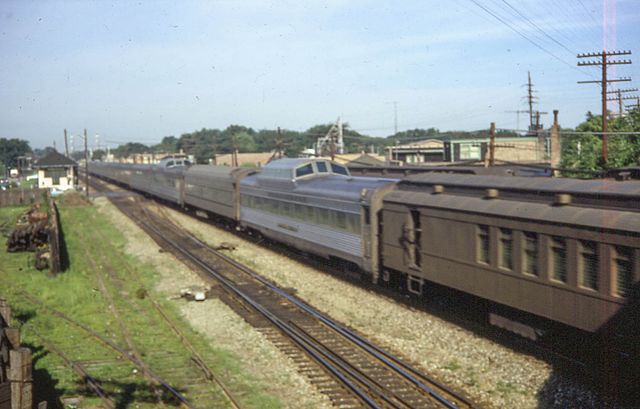Issued just six months after yesterday’s condensed timetable, not much changed between the two. As a complete timetable, this one provides more details that were omitted from yesterday’s, but not enough to answer any of the questions raised yesterday, such as how cars on train 15 from Chicago to Omaha made it back to Chicago or why Burlington operated a coach-only train to serve small towns in Wisconsin and Minnesota in the middle of the night.
 Click image to download a 24.8-MB PDF of this timetable, which was contributed by Ellery Goode.
Click image to download a 24.8-MB PDF of this timetable, which was contributed by Ellery Goode.
The Blackhawk must have been an impressive train in the 1950s. It included three sleeping cars, a diner-lounge, a diner, and coaches between Chicago and the Twin Cities. It also carried one sleeping car and coaches to Seattle via the Mainstreeter; three sleeping cars and a coach from Chicago to Seattle via the Western Star, and one more sleeper to Portland on the Star. That’s at least 13 cars plus at least two more if the twice-used plural “coaches” counts as more than one.

Photo by David Wilson.
Since the train traveled at night, there are few photos of it. However, the above photo of it nearing Chicago (plus another view of the same train) shows that even in 1967 it included a combination of heavyweight and lightweight equipment including, in this case, two dome cars. One of the domes has flat panes of glass, indicating it was either Silver Dome — the very first dome car ever made — or Silver Castle, both of which were made in Burlington’s shops from Budd-built coaches. The 1967 timetable doesn’t say anything about dome cars on the Blackhawk, so either they were deadheading or just a bonus for passengers that day.
